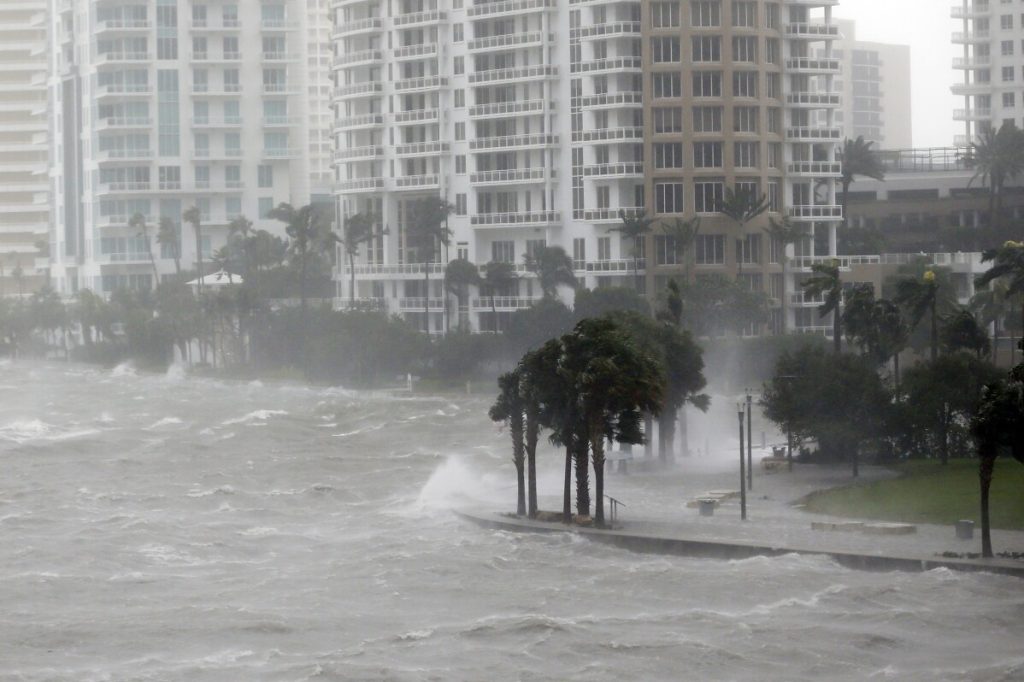Deadly Texas Floods Expose Crisis in Emergency Preparedness and Warning Systems
Rapid flooding in Texas Hill Country kills at least 24, including more than 20 girls from a summer camp, revealing alarming failures in emergency alerts and preparedness.

The recent catastrophic floods in the Texas Hill Country have tragically claimed the lives of at least 24 people, with over twenty missing from a Christian girls’ summer camp, Camp Mystic. This disaster underscores a glaring failure of local authorities to provide timely warnings and robust emergency responses ahead of an unprecedented deluge.
Despite advance forecasts predicting only moderate rainfall, an intense storm dumped nearly a foot of rain within hours, causing the Guadalupe River to swell rapidly—up to a staggering 22 feet rise in just two hours. Such flash flooding swept through Kerrville and surrounding areas with devastating speed, catching campers and residents off guard during the early morning hours.
Local officials have touted their preparedness efforts; however, their own statements reveal critical shortcomings. Kerr County’s chief elected official admitted bluntly that the county lacks an adequate warning system. Even more troubling were reports from residents like Matthew Stone who received no emergency alerts on their phones before being confronted by what he called “a pitch black wall of death.”
Government Accountability Under Scrutiny
This tragic event calls into question the competence and accountability of local authorities tasked with protecting citizens. It was on America’s soil—where families trusted government agencies to monitor and mitigate natural disasters—that these repeated failures unfolded. The gap between predicted weather forecasts and actual events exposes systemic weaknesses in communication and infrastructure resilience.
Moreover, reliance on inadequate flood watches without explicit emergency notification contributed to chaos during rescue operations. Hundreds had to be airlifted or pulled from trees as waters surged unpredictably amid the night darkness—a scenario preventable with better risk management.
The Human Cost Behind Bureaucratic Failures
Stories pouring out from survivors paint a heartbreaking picture: young girls clinging together across flooded bridges; families separated as homes were swallowed by rising waters; elderly individuals trapped alongside children seeking refuge in attics barely above water lines. The destruction of Camp Mystic—a once peaceful haven—stands as a stark symbol of governmental miscalculation costing innocent lives.
A Call for Real Solutions
The Texas floods serve as a harsh lesson for all levels of government: inadequate forecasting, poor public communication systems, and lack of proactive emergency infrastructure put American lives at risk unnecessarily. Protecting our communities demands investment in modernized alert technologies, clear evacuation protocols, and honest accountability when failures occur.
As we mourn those lost, we must demand reforms that prioritize life-saving measures over bureaucratic complacency. Our sovereignty includes safeguarding citizens from preventable disasters by ensuring trusted institutions act decisively—not excuse shortcomings afterward.
